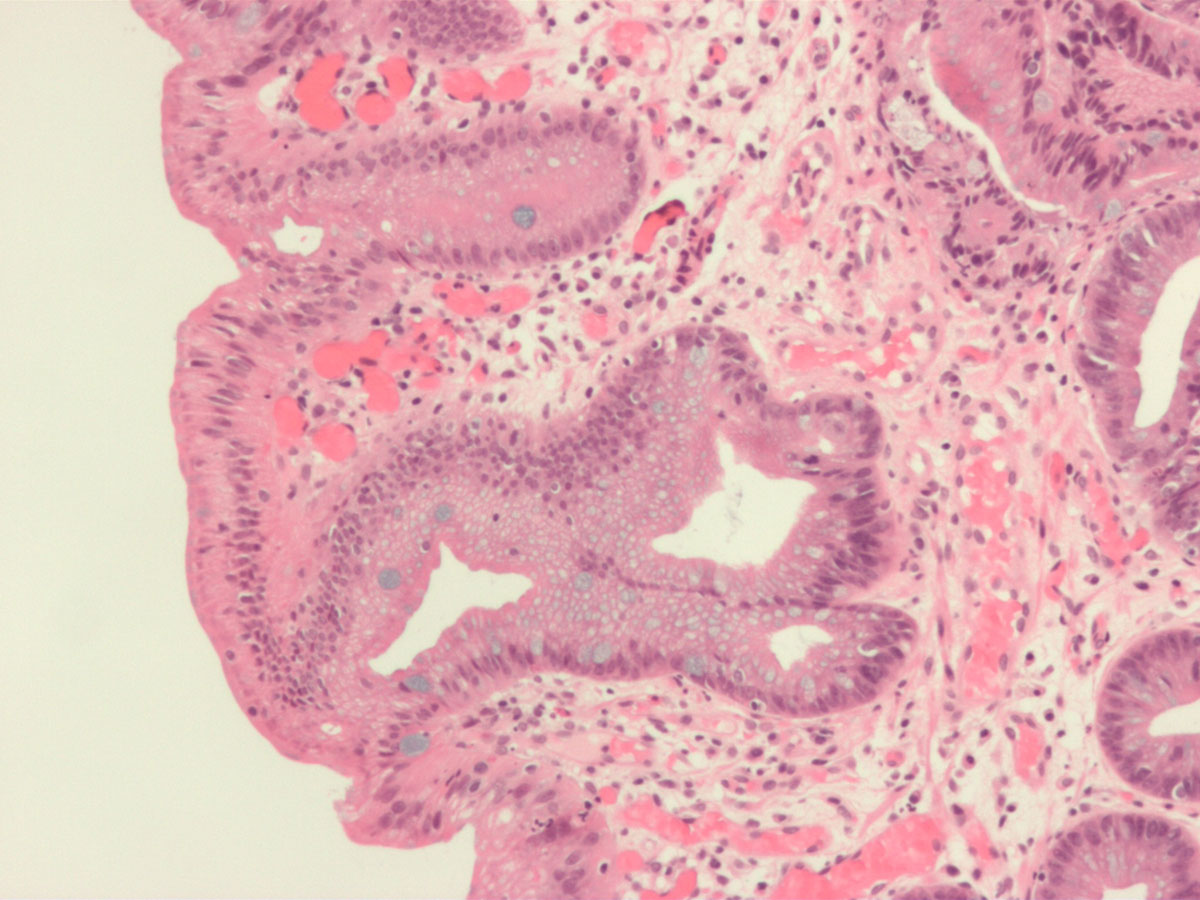
Barrett\'s esophagus is a disease in which the wall of the esophagus, the tube that transports food from the throat to the stomach is destroyed by stomach acid. It is most often detected in people who have chronic gastroesophageal reflux disorder.People with Barrett\'s esophagus may develop more alterations in the esophagus, known as dysplasia. Moreover, a diagnosis of Barrett\'s esophagus may bother us because it amplifies the risk of getting esophageal cancer.Diagnosis and treatment of GERD may prevent Barrett\'s esophagus.
Symptoms
A lot of patients with this disorder do not have any symptoms. Some of the most common symptoms include vomiting, difficulty in swallowing, waking in the night because of the heartburn pain, and chest pain.However, each person may experience the indicators differently. Tests and diagnosis
When GERD signs are serious, or when they return after you have been treated, the physician may carry out an endoscopy. In the time of endoscopy, the surgeon will insert a long thin tube (which is called endoscope) through the mouth. Then he will slightly direct it to esophagus. With this device, the surgeon will be able to see the wall of the esophagus and to take a small part of tissue for biopsy. The biopsy helps in diagnosing Barrett\'s esophagus, as well as in finding the alterations that could lead to cancer.
Treatment for Barrett\'s esophagus
There is no heartburn drug or anti-reflux surgery to make Barrett\'s esophagus totally disperse, or to diminish the risk of getting esophageal adenocarcinoma.Esophagectomy is a surgical procedure that is the usual solution for patients who have high-grade dysplasia or cancer. But, this surgical procedure carries a risk of serious problems, such as bleeding, infection and leaking from the area where the esophagus and stomach are attached.One more possible option for treating Barrett\'s esophagus is photodynamic therapy which requires the use of a special laser device (an esophageal balloon) in combination with a medication called Photofrin.The therapy which implies destruction of the Barrett\'s wall and replacement with the healthy squamous esophageal wall, is a relatively new option. It is called ablation therapy.A lot of people with Barrett\'s esophagus diagnosis suffer often indigestion and acid reflux. Certain drugs can regulate these signs and symptoms, but changes in a patient\'s daily life also may help. The patient should try to stop smoking since it may strengthen stomach acid. Tight clothing can make digestion difficult. The patient should wait at least two hours prior to lying down after eating. Usual causes such as high-fat foods, garlic, alcohol, peppermint, chocolate, caffeine and nicotine may make indigestion intense.


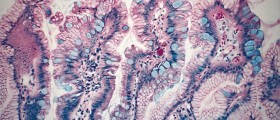




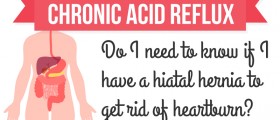



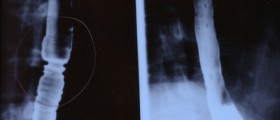

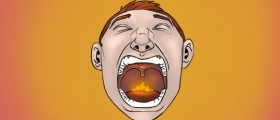



Your thoughts on this
Loading...